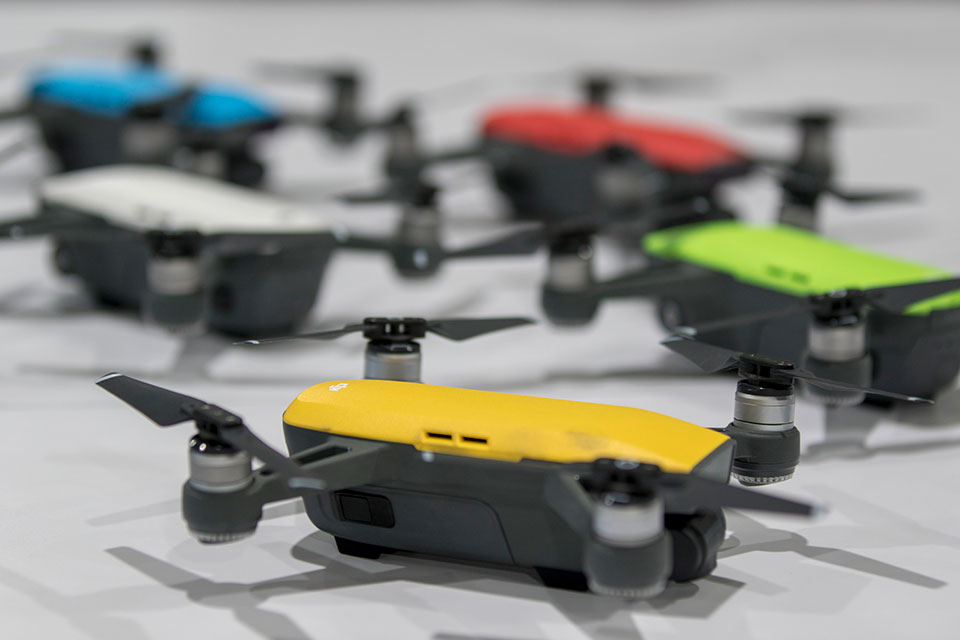Taking Next Step in UAS Education
March 22, 2018 — As the drone community continues to grow and creates additional airspace concerns, a number of UAS and aviation industry groups are reigniting the “Know Before You Fly” campaign that was first launched with EAA support in 2014.
The expanded initiative, called “Even The Sky Has Limits,” comes as the FAA is introducing a four-part plan for drone registration and operations that will cover UAS activities ranging from recreational to commercial.
“EAA supported the initial Know Before You Fly campaign in 2014 and continues to support this initiative,” said Sean Elliott, EAA’s vice president of advocacy and safety. “As we state in regard to manned aviation, thorough education is more effective than regulation. To maintain safety and prevent onerous regulation as UAS operators are integrated into the airspace, such widespread education campaigns are essential and should be embraced by all.”
The Know Before You Fly campaign website includes elements for various UAS operators ranging from recreational users to commercial operators and public entities. Each area describes the requirements for flying particular segments of drones, as well as best practices for operating safely.
“Making safety a priority helps protect everyone, whether they are flying manned or unmanned equipment,” Elliott said. “As the campaign states, the sky does have limits. Those who operate outside the laws face stiff penalties and can destroy opportunities for others.”
EAA has also long maintained that expanded UAS opportunities cannot come at the expense of manned aviation operations. That includes no new airspace restrictions forced on manned operations because of drone flights, and right-of-way and priority always given to manned aircraft operations. Finally, aircraft owners and pilots should not have to be required to install new equipment to track and ‘see’ drones beyond that already required by FAA regulations.

